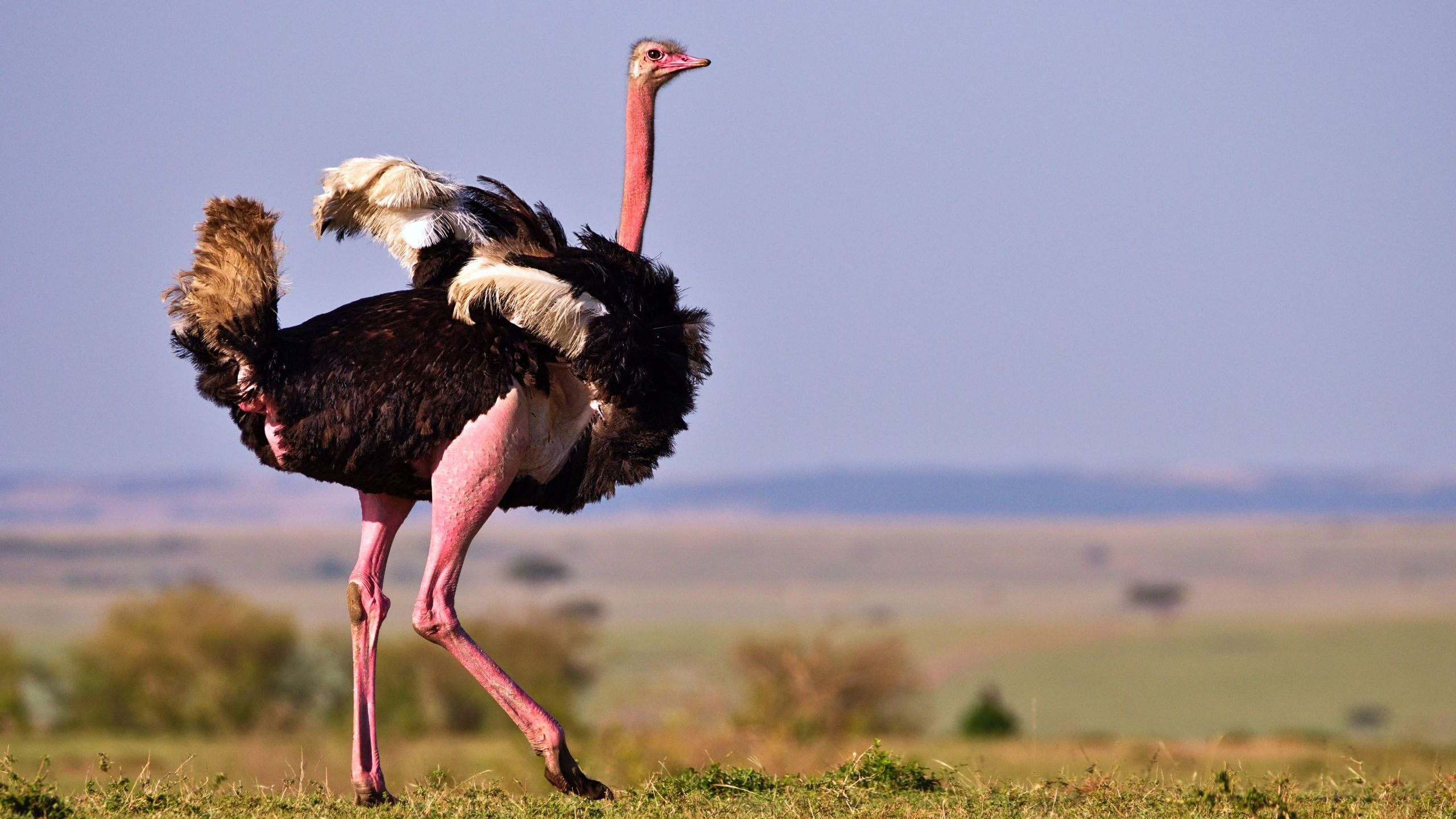Ever wondered why some birds never take to the skies? In the vast world of avian diversity, there exists a fascinating group of creatures known as flightless birds. These unique species have evolved in various regions across the globe, each with its own story of adaptation and survival. From the frozen expanses of Antarctica to the dense forests of New Zealand, flightless birds have carved out niches in their environments, relying on other means of locomotion to thrive.
- The Ostrich - Masters of the African Plains:
In the sweeping savannas and arid deserts of Africa, the ostrich reigns supreme as the largest and heaviest of all living birds. Despite its formidable size, the ostrich is incapable of flight, but it more than compensates with its impressive running abilities. With long, powerful legs, the ostrich can sprint at speeds of up to 70 kilometers per hour, making it the fastest land bird in the world. These flightless giants have adapted to their open habitats by relying on their keen eyesight and swift running to evade predators such as lions and cheetahs.
- The Kiwi - A Symbol of New Zealand:
In the lush forests and fern-filled valleys of New Zealand, the kiwi bird emerges as a unique emblem of the country's natural heritage. With its small size, round body, and long, slender bill, the kiwi is a true oddity among birds. Unlike its distant relatives, the kiwi has lost the ability to fly, instead opting for a nocturnal lifestyle suited to its forest habitat. Equipped with a highly developed sense of smell, the kiwi forages for insects and grubs in the leaf litter, using its long bill to probe the forest floor in search of food.
- The Penguin - Navigating the Icy Waters:
Venture south to the frigid waters surrounding Antarctica, and you'll encounter a remarkable sight: colonies of penguins, perfectly adapted to life in the icy realms of the Southern Hemisphere. These flightless seabirds have evolved streamlined bodies and flipper-like wings, enabling them to navigate the ocean depths with remarkable agility. While penguins may be grounded in the air, they are masters of the sea, using their powerful flippers to propel themselves through the water in pursuit of fish, squid, and krill.
- The Kakapo - A Parrot Grounded in New Zealand:
Deep within the dense forests of New Zealand, another avian oddity lurks in the undergrowth: the kakapo, or "night parrot." Unlike its colorful cousins, the kakapo is a large, flightless parrot renowned for its nocturnal habits and peculiar mating rituals. With a docile demeanor and a penchant for climbing trees, the kakapo has adapted to life on the forest floor, where it feeds on a diet of fruits, seeds, and native vegetation. Despite its endearing charm, the kakapo teeters on the brink of extinction, making conservation efforts crucial for its survival.
Flightless birds may lack the ability to soar through the skies, but they have thrived in diverse habitats around the world, demonstrating remarkable adaptations and behaviors. From the sprinting ostriches of Africa to the diving penguins of Antarctica, each species offers a glimpse into the wonders of avian evolution.
